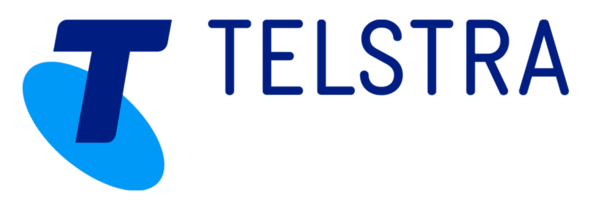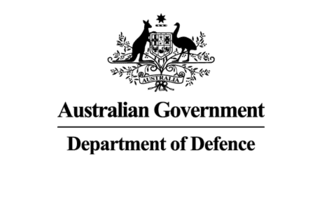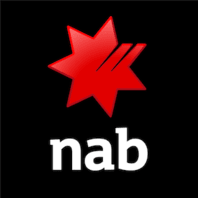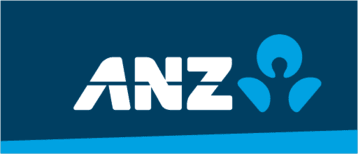

course overview
Overview
This five day course teaches C programming.
Audience
Programmers
Skills Gained
Prerequisites
Delegates attending this C training course should have a good working knowledge of programming techniques. No prior use of C is assumed, but limited exposure to the product would help.
Five days.
Outline
Outline of C Programming Training 1. Introduction
2. Operators in C
3. Control Flow
4. Functions
5. Pointers
6. Arrays in C
7. Structures in C
9. Handling Files in C
10. Miscellaneous Things
10. C and the Heap
If you need training for 3 or more people, you should ask us about onsite training. Putting aside the obvious location benefit, content can be customised to better meet your business objectives and more can be covered than in a public classroom. Its a cost effective option. One on one training can be delivered too, at reasonable rates.
Submit an enquiry from any page on this site, and let us know you are interested in the requirements box, or simply mention it when we contact you.
All $ prices are in USD unless it’s a NZ or AU date
SPVC = Self Paced Virtual Class
LVC = Live Virtual Class
Our clients have included prestigious national organisations such as Oxford University Press, multi-national private corporations such as JP Morgan and HSBC, as well as public sector institutions such as the Department of Defence and the Department of Health.












